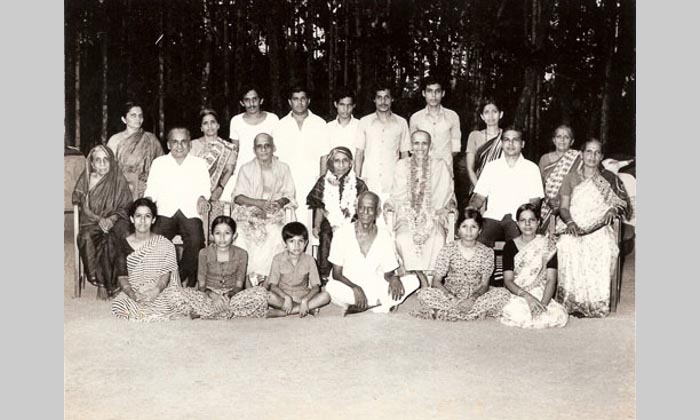A Summary of the Srimad Bhagavata Mahapuranam-2-18.

Chapter-2. The Process of Creation-18. I was reading a book that was presented to me, entitled Zen and the Art of Motorcycle Maintenance. I went through that book and found it is so interesting, and it gives us the whole technique of sadhana. ‘Zen’ is a Japanese word for meditation, which is dhyana in Sanskrit and chan in Chinese. Zen and the Art of Motorcycle Maintenance—you will be wondering what kind of subject this is. The complicated structure of the motorcycle consists of various parts, but usually we are not aware of their existence. We only want to push a button, sit on it, and then ride. But how this button works, how the motorcycle is running, how many parts are involved in it and their cooperative, harmonious activity, with so much affection—can we imagine the total action taking place through the multifarious parts that constitute the motorcycle? The maintenance of it involves, equally, a great attention paid to each and every part—cleaning every nut and bolt, a...







